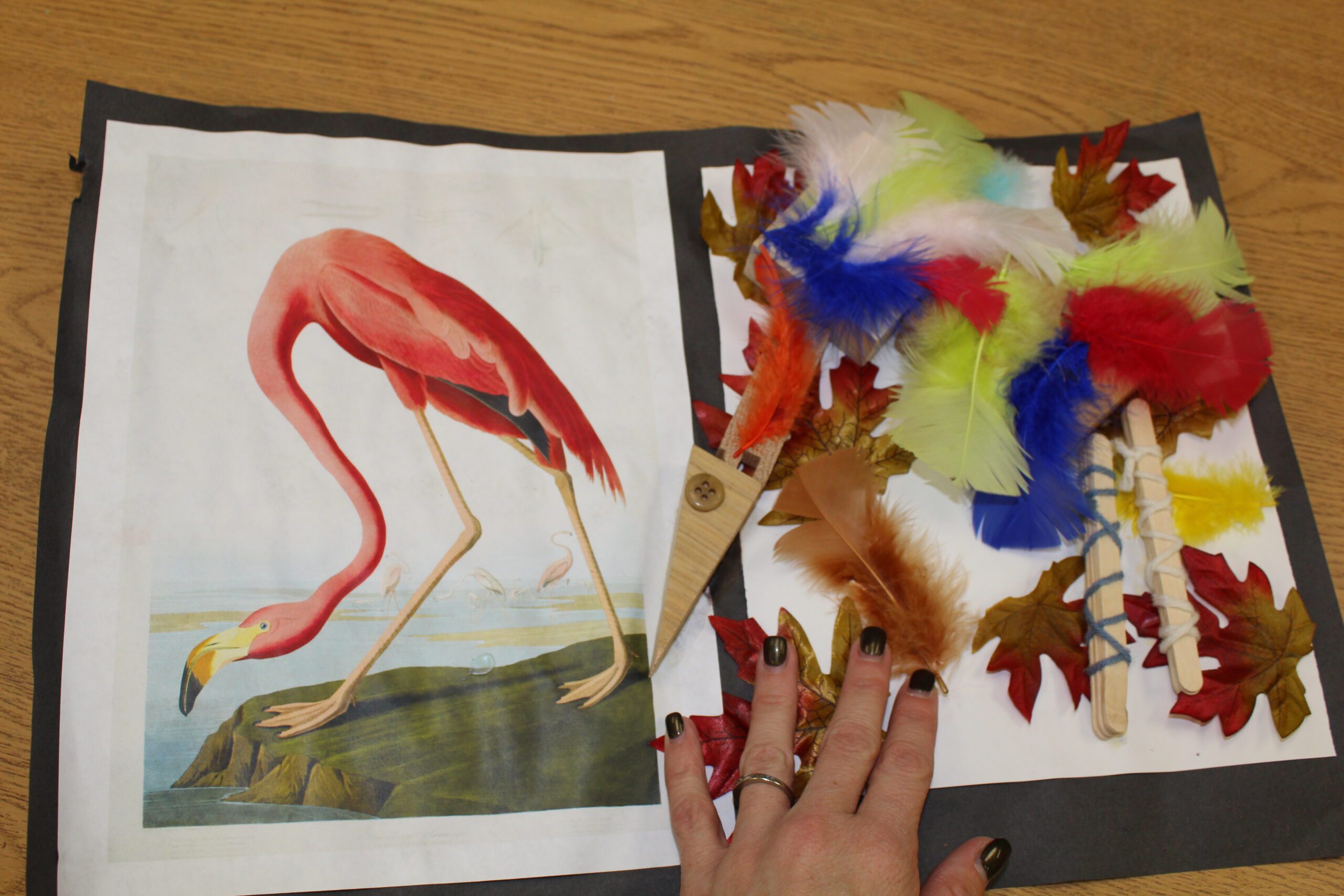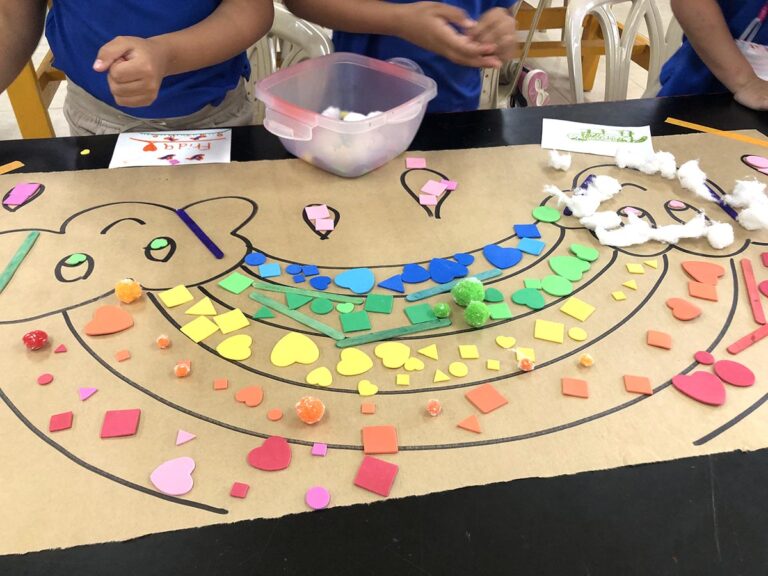I have a blind and cognitively challenged student in my fifth-grade art class. My college classes touched briefly on special needs adaptations in the art room, but truthfully, I was totally unprepared for a challenge like this. She has been my student for several years, and over time we have developed a comprehensive list of adaptations to turn my curriculum into something tactile she can feel and respond to. I am proud of what we have done together, but sometimes feel sadness that so much of what I teach is not accessible. She cannot see or experience what her peers are making in class, and the pantheon of art history is invisible to her.
Recently, my fifth graders and I had a breakthrough worth sharing because, to me, it represents true inclusion. We are creating “Touch and Feel” Art History.
This project is helping my regular education and special needs students understand my curriculum–and each other–on a deeper level.
Inspiration
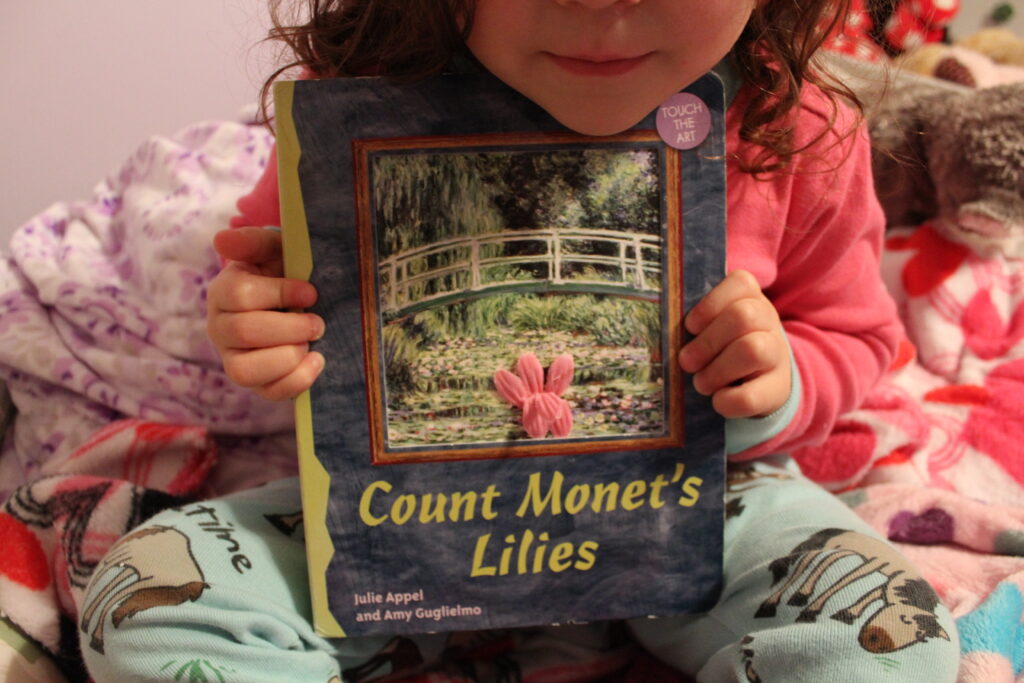
The inspiration for this project came from my youngest daughter, who has some fabulous board books from the “Touch the Art” Series. If you aren’t familiar with these books, the author selects well-known paintings and adds a textural element to the pages. For example, Monet’s water lilies have silk fabric petals overlaying the image. So, the reader can experience the artwork in multiple sensory modalities; sight and touch. As I watched my daughter enjoy these books, I thought of my blind student. Wouldn’t it be exciting for her to experience works of art, besides her own, that were meant to be felt rather than seen? Wouldn’t it be great if, for one day, she was able to experience everyone else’s art in class? And wouldn’t it be beneficial for my fifth graders to understand how differently people can experience art?
Planning
After sharing this idea with the class, each of my fifth graders selected a favorite work of art to reproduce. We talked briefly about synesthesia and discussed strategies for communicating the same image or feeling, using other senses (besides sight). I had each student sketch a few ideas in their sketchbooks, and then peer conference to narrow their focus. The kids came up with a wide variety of creative interpretations. While most of their plans concentrated on the tactile, some included a smell, a recorded sound, or even a taste.
Execution
Full disclosure: I teach in a traditional way, so having multiple centers with a variety of materials going at the same time was a little out of my comfort zone. The good news: we survived! Basically, I pulled all the boxes of left-over-donated-craft-materials (you know, the ones you don’t use but feel guilty throwing away?) out of my storage closet and let the kids go to town. Most students were able to find supplies to fit their vision and the ones who didn’t took some initiative and brought a few things from home. To provide a little structure and cohesion to the whole process, I required that the artwork fit on a piece of 8×10 white paper mounted with the original image as a reference.
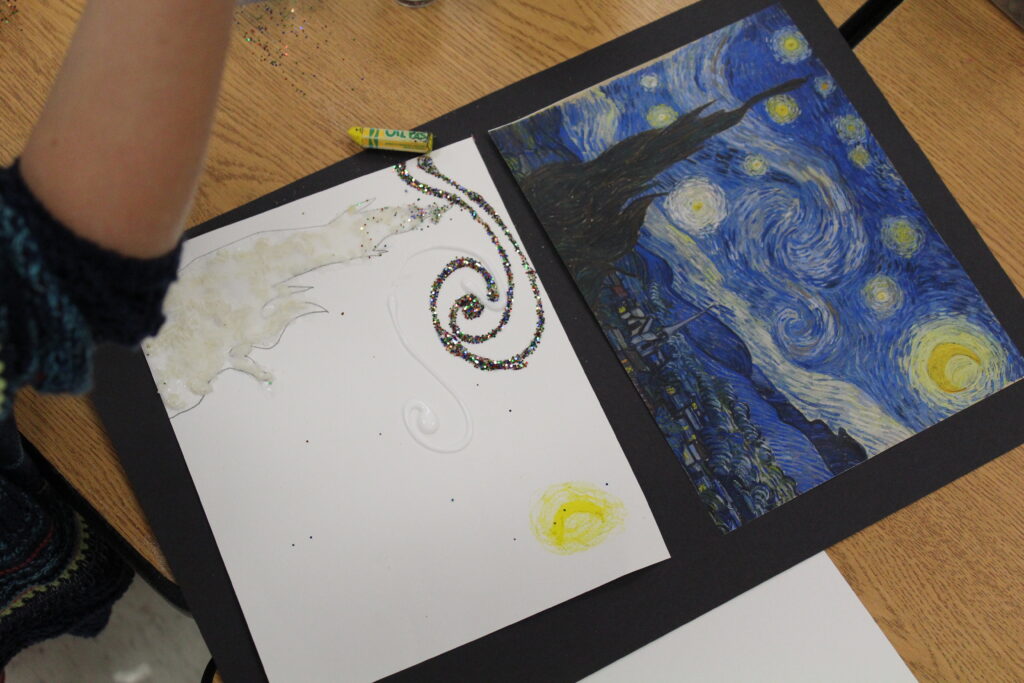
Within those simple requirements, the resulting variety was breathtaking… kids pouring tomato soup onto a Model Magic can to produce a scent for Warhol, students recording screams to make Munch auditory, and a sweet melted chocolate sky to show how they felt about Van Gogh.
Formative Critique
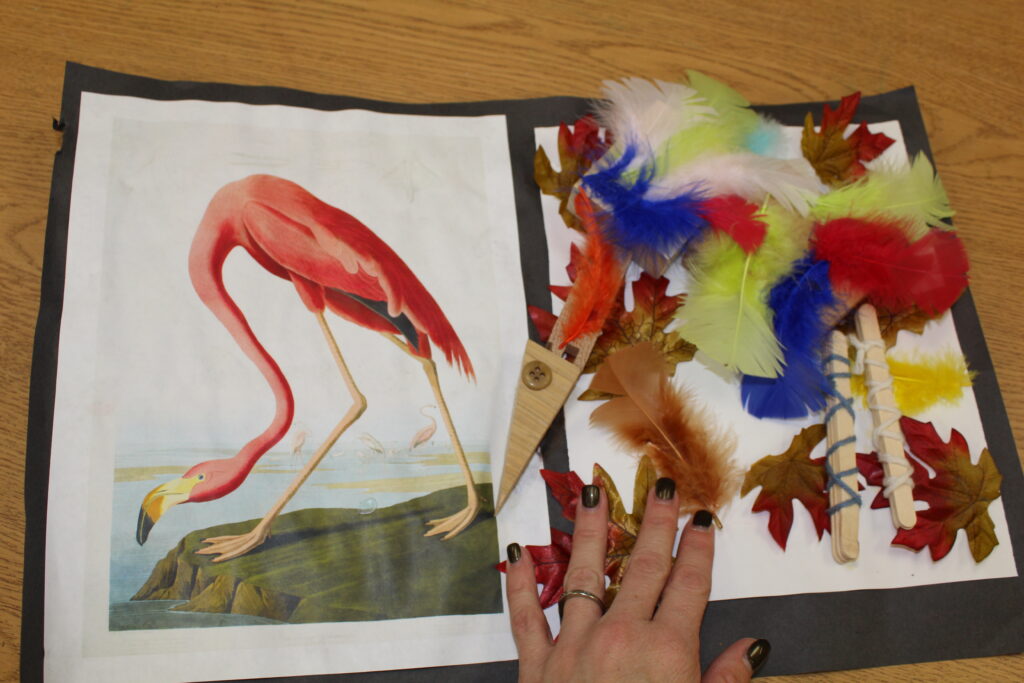
For this project, we found a working critique was essential. Students are accustomed to working visually, and this was a departure from “business as usual.” They needed time to reflect and rework. They enjoyed critiquing one another by closing their eyes, experiencing the work, and trying to guess which famous artwork had inspired it. As they critiqued, I was pleasantly surprised by how empathetic the students were becoming, saying things like, “Wow, I never knew this is how art class is for student X.”
Display
As I write, we are wrapping things up and preparing for our first ever “non-sighted” mini art show. We plan to hang the artworks at “hand level” so everyone can touch and feel the masterpieces. My fifth-grade students even suggested we turn down the lights or provide blindfolds to make the experience more authentic. As for me, I am excited to host one day of art class where student X is able to finally “see” what everyone else has made.
What creative solutions have you found to help support challenging populations in your art class?
Do you have any projects that specifically promote inclusion for the benefit of all students?
Magazine articles and podcasts are opinions of professional education contributors and do not necessarily represent the position of the Art of Education University (AOEU) or its academic offerings. Contributors use terms in the way they are most often talked about in the scope of their educational experiences.
